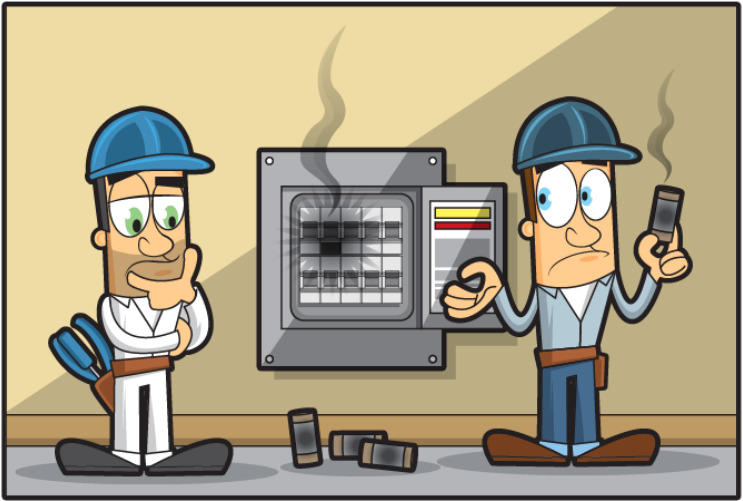Introduction
The aim of this toolbox talk is to increase awareness of the hazards associated with the use of electricity. Including the inspections you should make before using electrical equipment.
The use of regular toolbox talks, if done effectively, will significantly improve the safety culture within your organisation. This will increase the safety awareness of the workers, and as a result reduce the likelihood of accidents and unsafe occurrences.
Legislation references
- Health & Safety at Work Act 1974
- Management of Health & Safety at Work Regulations 1999
- Electricity at Work Regulations 1989
- PUWER (Provision and Use of Work Equipment Regulations 1998)
Electrical safety

The lowest practical voltage should be used on construction sites. This should not be greater than 110V. Where possible use battery operated tools.
Only suitable and authorised electrical supplies and equipment should be used. All electrical supplies and equipment should be installed and maintained by trained electricians.
Suitable protection such as circuit breakers, fuses, and residual current devices, must always be used, along with the correct load ratings. PAT test labels should be present on each piece of portable equipment.
Considerations
Electrical cables should be suspended where practicable to avoid damage and damp. This will also reduce trip hazards.
Carry out visual checks of plugs, sockets and cables. If any damage is identified then remove from service and report immediately. Electrical cables should not be jointed or taped in any way.
Never use lighting sockets to power equipment. Ensure cables are long enough for the job – they should not be pulled taut. The inner insulation of cables should never be visible. The outer insulation should extend into plugs and equipment and fully utilise cable grips.
Blown fuses should be replaced immediately – never make do with a temporary repair. If a replaced fuse immediately blows again then it indicates a problem requiring the attention of an electrician.
For electrical maintenance work, make sure the mains supply is disconnected and where appropriate a lock out/tag out system used.
Never overload electrical sockets – one plug per socket!
Where “emergency stop” switches are present these must be inspected and tested regularly as part of both pre-use checks and regular maintenance.

